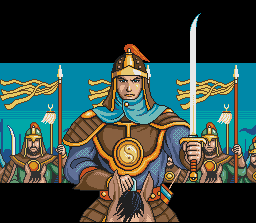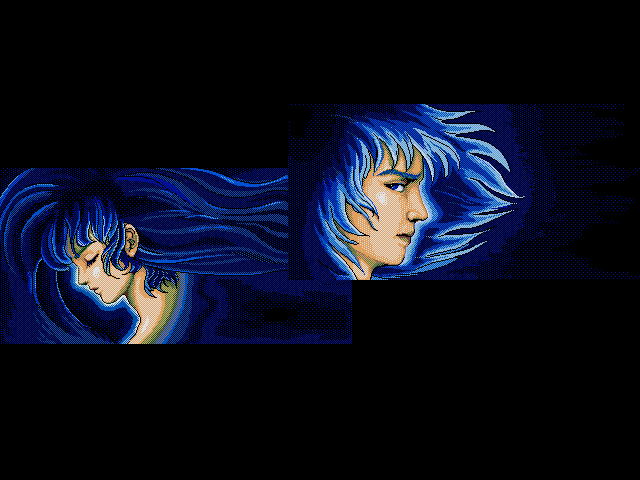 A couple of weeks ago, we started learning about the Seljuk Turks in History 240 (History of the Middle East to 1800). This band of rugged, horse-riding nomads went from mercenary warriors of some Persian dynasty to the de facto rulers of nearly half the Muslim world. In an era when radical Shi’ism swept across North Africa and the Levant, and people thought the rise of the Fatimid Empire marked the end of the world, the Seljuks, self-appointed defenders of Sunnism headed the Fatimid conquest at Baghdad and pushed them back to Egypt. Fascinating stuff!
A couple of weeks ago, we started learning about the Seljuk Turks in History 240 (History of the Middle East to 1800). This band of rugged, horse-riding nomads went from mercenary warriors of some Persian dynasty to the de facto rulers of nearly half the Muslim world. In an era when radical Shi’ism swept across North Africa and the Levant, and people thought the rise of the Fatimid Empire marked the end of the world, the Seljuks, self-appointed defenders of Sunnism headed the Fatimid conquest at Baghdad and pushed them back to Egypt. Fascinating stuff!
Then we learned about the Mongol invasion and the sack of Baghdad in 1258, when the world really DID end from the point of view of the Arabs, and I knew that Central Asia would never be boring to me again.
The Turks and the Mongols were both nomadic peoples who lived on the steppes of Central Asia–basically, an enormous stretch of grassland like the prairie in the American Midwest. These guys lived in camps, with their cattle and horses, and looked down on the thought of settling down in cities and living a civilized, sedentary life. To them, the nomadic life meant freedom–the people of the cities were voluntary slaves and beneath the hardy nomads.
Genghis Khan, born Temujin (“Genghis Khan” is a title that basically means “ruler of the world”), united the Mongol tribes and built the largest empire the world had ever seen. Bigger than Alexander’s Hellenist Empire, bigger than the Roman Empire, bigger than the Babylonians, Assyrians, Sassanians, Umayyids, or Abassids. The Mongol Empire was BIG–it stretched from Korea to the Black Sea! If it weren’t for the Mameluks (one of the few Arab kingdoms that wasn’t mismanaging itself to death), the Mongols might have swept North Africa and the Mediterranean!
The coolest part of the story was the religious justification behind Genghis Khan’s ruthless, bloodthirsty conquest. When Temujin was a young boy, the shaman of his tribe told him that the great sky god Tengri had given Temujin the world. By conquering millions of people, massacring hundreds of cities, and building an empire of blood, death, and fire, Genghis Khan was only fulfilling his destiny!
For the last few weeks, I’ve been practically obsessed with all this history. It’s fascinating! Like reading a really good novel–except it’s real life! Orson Scott Card often says that anyone interested in becoming a writer should study history instead of English in college, and I can see what he means.
All this stuff I’ve been learning about the Mongols has given me dozens of story ideas, many of which I plan on including in my current novel, Hero in Exile. I’ll write a separate post to explain it all, but basically it involves the Mongol Empire in space. Just like the Mongols considered themselves the only free people in the midst of sedentary urban dwellers, so the Hamejis in my novel (a spacefaring people who live entirely in their spaceships) consider themselves free in comparison with the billions of people living under continent sized domes across nearly a hundred settled planets. Just as the sky god Tengri gave Temujin the world, so the god of the epistellar jovian in the Hameji home system has given them the universe. It is their destiny to take and rule it by blood and fire. Bwahahaha!

(photos taken from Genghis Khan II by Koei, a 90s DOS game)